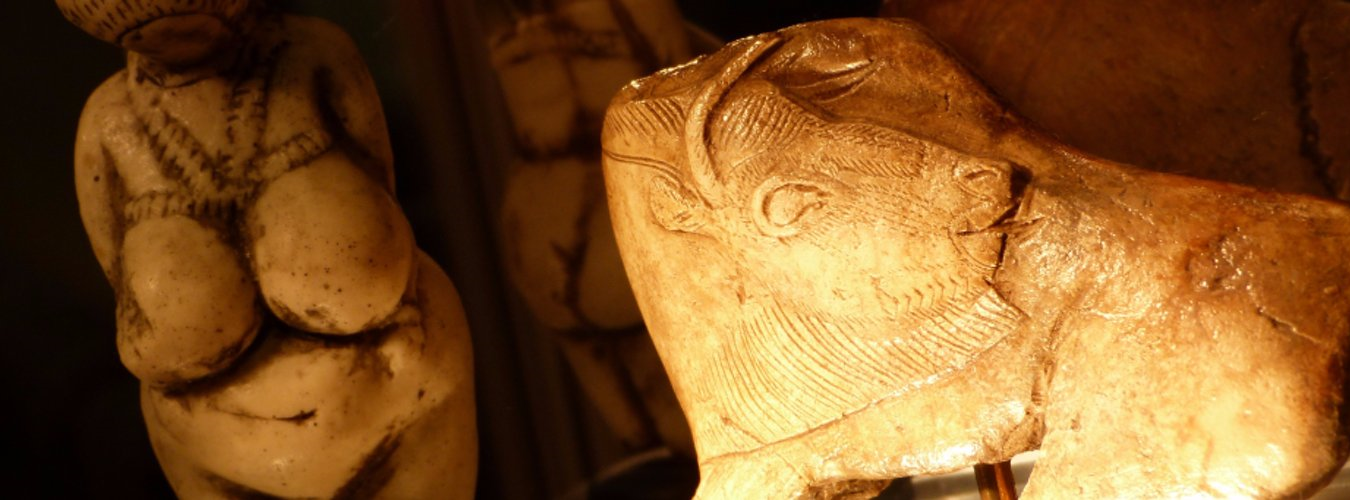Professor Sonia Zakrzewski PhD, MPhil, BA
Professor of Archaeology
(023) 8059 4778
S.R.Zakrzewski@soton.ac.uk
Dr Sonia Zakrzewski is a Professor of Archaeology at the University of Southampton.
I am a bioarchaeologist, focusing on human skeletons. My interests are in biological anthropology, race, human diversity and variability, and the study of the human body to understand aspects of migration and mobility, diet, identity, disease, religious practice and social organisation in past populations.
I joined the department from Durham, where I was briefly an Addison Wheeler Research Fellow. My work there focused upon human dispersals through Egypt and across the Sahara Desert. More recently, I have been interested in the interplay between funerary archaeology, the mortuary record and aspects of bodily identity. This research has concentrated on Predynastic and Early Dynastic Egypt groups and, more recently, on medieval burial grounds (both Christian and Muslim). With my graduate students, I have become interested in the bioarchaeology of religion and the activities associated with religious practice. This has implications for palaeopathology and studies of disease, and, within the skeletal collections here at Southampton, we have one of the earliest documented cases of leprosy in the UK.
I also undertake research in collaboration with staff in Bioengineering. We use computed tomography (CT) to get high resolution images of human bones and teeth, and then use these to understand other aspects of past lives, such as locomotor practices and dental treatment. Together with one of my graduate students, we have looked at an unusual Roman dwarf skeleton to evaluate her dis/Ability. This type of work has been used to improve the development of dental implants and other prosthetics.
Until very recently, I was the Director of Admissions for Archaeology and all our combined honours courses. Before that I was the academic lead and director for Lifelong and Leisure Learning across the University of Southampton. As a result, I am extremely keen to develop outreach and the use of archaeology for widening participation and other educational purposes.
I am a Fellow of the Society of Antiquaries. In the past, I have served as the Vice-President of the Paleopathology Association (PPA), and on the organising board of the Society for the Study of Human Biology (SSHB) and the British Association for Biological Anthropology & Osteoarchaeology (BABAO).
Research interests
My research interests lie primarily in the analysis of human diversity and variability. By this, I mean understanding what it is that makes modern humans so similar and yet so different. My interests are therefore linked together by the human body and the funerary and mortuary archaeological record. My interest in human diversity developed from interests in human mobility and dispersal: are migrants different from sedentes? How can we identify migrating individuals within the archaeological record? Are there aspects of the body that we can read? As a result, I have been developing studies of human identity. How is identity expressed upon the human body? How plastic and malleable is the body? My research then links these aspects together with the funerary record to develop models of human ethnicity and identity. I am also interested in past human recognition of aspects of identity. Using palaeopathology and bioarchaeology, is it possible to develop models of disability and ability, and can we understand how past people viewed health and disease?
My research usually involves study of the gross morphology of the human body to then place individuals within a broader population context. This has primarily been working in Egypt. For the last few years, I have been working with colleagues from Berlin to excavate and analyse a Greco-Roman cemetery in the Egyptian delta. We are trying to situate the site within the broader Delta context and within the wider Greco-Roman world. In addition, I am working with American colleagues to study the diversity and variability of the population found buried in the cemeteries from New Kingdom Amarna. The site was occupied only briefly, during the reign of Akhenaten, and so provides a palimpsest of Egyptian ethnicity, health, disease, diet, occupation and activity.
PhD supervision
I welcome the opportunity to supervise postgraduate student (PhD) research in the following broad bioarchaeological areas: human health and disease, identity and the lifecourse, ethnicity and the social construct of ‘race’, diversity and activity, religion and religious practice.
I am currently supervising the following:
- Identity, activity patterning and religious practice in Islamic Iberia
- Archaeothanatology and the reconstruction of French and English Cluniac funerary practices
- Palaeopathology and markers of occupational street in the spine
- Variability, diversity and the palaeopathology of ear ossicles
Research group
Centre for the Archaeology of Human Origins
Affiliated research groups
Osteoarchaeology, Classical Empires, Human Evolution, Chronology, Dispersals and Lifeways
Selected research project(s)*
A Joint Effort: Understanding Kneecaps Past and Present
*For a full list of Dr Sonia Zakrzewski’s research projects, please see her main staff profile on the University of Southampton’s main Archaeology Department webpage.
